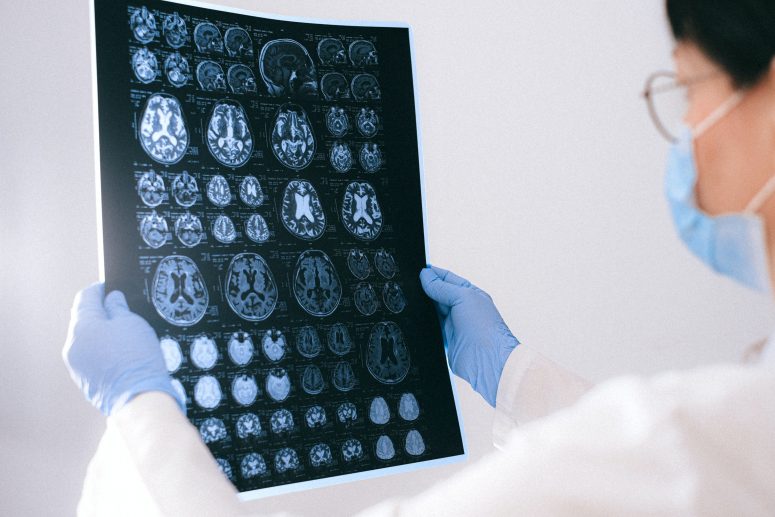The human brain is a remarkable organ that continuously evolves and adapts over the course of our lives. Our brains can react to a variety of stimuli and experiences, both good and bad. Thanks to a phenomenon known as neuroplasticity. While understanding neuroplasticity as a primarily positive force from this definition, it can also play a role in contributing to the emergence of mental health disorders, especially in the context of trauma.
Understanding the Stress Response
Let’s first examine the body’s stress response before delving into the complex relationship between trauma and neuroplasticity. This response serves as a crucial defense mechanism designed to aid us in handling dangerous circumstances. Our bodies release stress hormones in response to danger or violent experiences, preparing us to confront the threat. This reaction is typically protective and adaptive. However, issues arise when stress becomes traumatic or persistent.
Long-term exposure to extremely stressful situations can weaken the body’s regulatory systems and cause structural and functional changes in the brain. Mental disorders may result from the weakening of the regulatory systems.
The Connection Between Trauma and Neuroplasticity
Post-Traumatic Stress Disorder (PTSD) is one of the most detrimental consequences of ongoing traumatic stress. The symptoms of PTSD include intrusive, uncontrollable flashbacks, constant hyperarousal (i.e., feeling on edge all the time), and avoidance behaviours, including emotional numbing. In addition, nightmares, trouble sleeping, substance abuse, depression, and a higher risk of suicide are common in people with PTSD.
Commonly observed in individuals with PTSD, traumatic stress arises from situations evoking intense fear, helplessness, or horror. Accumulating over time, it increases the likelihood of developing PTSD. These traumatic events, termed ‘traumas’ (derived from the Greek word for ‘wound’), possess the potential to adversely impact individuals’ mental and emotional well-being.
Neuroplasticity, the brain’s ability to alter its structure and function in response to stimuli, defines our adaptive changes to the environment throughout our lives. While often perceived as a positive phenomenon, neuroplasticity can also yield negative consequences.
For instance, the brain’s efforts to reorganize itself following a traumatic brain injury may result in the onset of epilepsy. As a result of the injury, neural connections are rewired, which may lead to recurrent seizures. Similarly, neuroplasticity can also contribute to the onset of chronic pain after spinal cord injuries or amputations, even when there is no longer a physical cause for the pain.
From a psychiatric standpoint, exposure to stressful situations can alter the brain’s memory consolidation and reconsolidation processes, leading to neuroplastic changes. PTSD is characterised by intrusive memories, a common symptom that often presents through flashbacks. Hyperarousal of psychophysiology commonly accompanies these flashbacks. Although the neuroplastic changes that occur after significant events are crucial for adaptation and subsequent reactions, stress-induced enhanced memory reconsolidation via flashbacks may prolong dysfunctional behaviours and affect one’s health and well-being.
Innovative therapeutic approaches designed to address PTSD leverage our comprehension of neuroplasticity to aid individuals affected by this condition. These treatments aim to reduce the impact of traumatic memories. Consequently, grasping the process of “rewiring” the brain empowers us to offer encouragement and support to those grappling with the effects of traumatic events, ultimately assisting them in reclaiming their lives and well-being.
If you think that you can benefit from professional support on this issue you can reach out here.
Seray Soyman is working as a Clinical Psychosexologist within the Willingness team, providing psychosexual education and sexual support sessions, as well as delivering training and workshops. She has a master’s degree in Clinical Psychosexology from the Sapienza University of Rome. Seray’s research interests are sexual communication, sex-positive behaviour, LGBTQIA+ studies, and sexual health.
References
Deppermann, S., Storchak, H., Fallgatter, A. J., & Ehlis, A. C. (2014). Stress-induced neuroplasticity: (Mal) adaptation to adverse life events in patients with PTSD–A critical overview. Neuroscience, 283, 166-177.
Kolassa, I. T., & Elbert, T. (2007). Structural and functional neuroplasticity in relation to traumatic stress. Current directions in psychological science, 16(6), 321-325.

